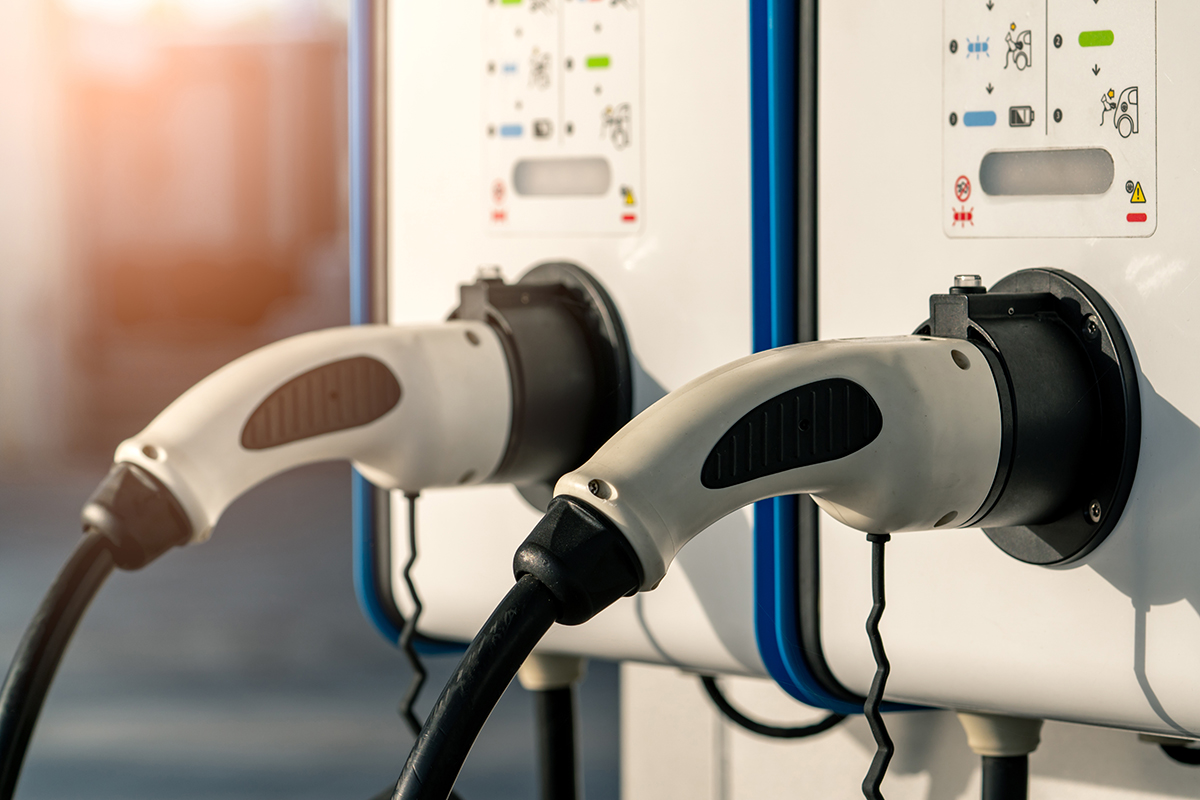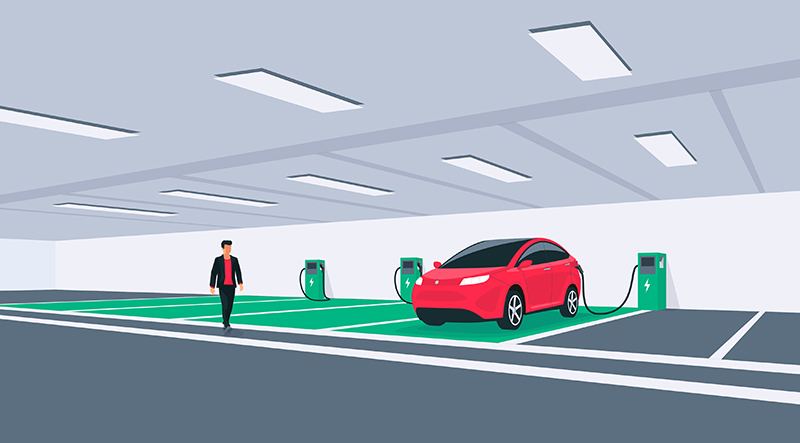Open Charge Point Protocol

Published: Friday, 19 May 2023
Open Charge Point Protocol (OCPP) is a language used to communicate between a charger or chargers and a back-office management system. It provides added flexibility and freedom for chargers to be managed by third party outfits providing customers with greater control over both their charging network and the back-office system they opt for. In many instances the back-office management system is cloud based. In this article we will look at what OCPP is and the benefits of the system.
How it started
OCPP started as a forum in the Netherlands which sought to future-proof charging infrastructure by reducing reliance upon hardware manufacturer-based software, which was charger specific, and instead provide an open platform that could link groups of chargers from various manufacturers across countless locations in one easy to manage, easy to operate system. The forum, which initially comprised of two members, now has over 50. With more and more options available to the end client.
Benefits
Charger hosts or owners are not tied into one back-office management system based on the hardware they have purchased. OCPP provides the freedom to purchase hardware from one or several suppliers, and back-office management from another. The key benefit here is flexibility, as we often see in the commercial charging market, clients do not wish to bill people for the usage of the charger in the early days to encourage EV uptake and reward early adopters. However, as EV becomes the norm and electricity usage creeps up via the charging points, clients may wish to then begin billing users for the energy consumed. An OCPP compatible unit could remain as a “plug and play” charger for some time but then merely by activating the software can be altered into a fully smart system.

The other main benefit that can be derived from this flexibility is a safety net. If you are reliant upon software from a charging manufacturer, and for whatever reason they cease to exist, you or your customers could be left with a dumb charger when you paid for and installed a smart one. With OCPP if one back-office provider went into liquidation, you could merely switch across to another, reducing any downtime caused by this and limiting losses for your business and your customers.
A further by-product of the flexibility OCPP provides the ability to mix and match charging hardware across a portfolio of sites. EV charging has advanced massively over the last few years and that upward curve of innovation and development is only set to continue. What would have been classified as the pinnacle of charging technology in 2015, by now, may be unfit, in many instances this isn’t the fault of the hardware, because the standardisation universal sockets and single-phase power rating will still provide amble charge for most vehicles should they have a long enough dwell time. What causes many clients to feel their units are defuncts in fact the software, or lack of it. With OCPP enabled EV chargers, you merely switch or activate the back-office provision. When growing a charging network, it also means if a client buys one brand of charger today, but several more over the coming years, they do not have to run numerous back-office platforms.
Load management
Local load management allows you to use your buildings existing electrical panel power capacity to charge multiple electric vehicles via charging stations by allowing the charging stations to talk to each other, doing out a steady electrical current to each.
4G and Connectivity
4G LTE, which has been available since 2012 in the UK, offers a superior service than its predecessor, 3G. 5G, which is already in most large towns and cities in the UK, is already creating even more possibilities, thanks to unrivalled speeds, resilience, and latency. Cellular connectivity is widely used for IoT-enabled devices located in rural and urban areas that struggle with wired connections. AS well as EVC points, this also includes telemetry devices, sensors, CCTV, access terminals, and other M2M applications.
Conclusion
An OCPP system is great when you have multiple chargers on a network, the flexibility created grants customers with greater control.
We hope you found this article useful, if you have any questions or queries, please contact your local YESSS Branch.
Check out our Edition 2 Renewables Catalogue for information regarding Electric Vehicle charging, solar and battery charging, and other accessories. Grab your free copy at your local YESSS branch or by viewing online on our website here.

